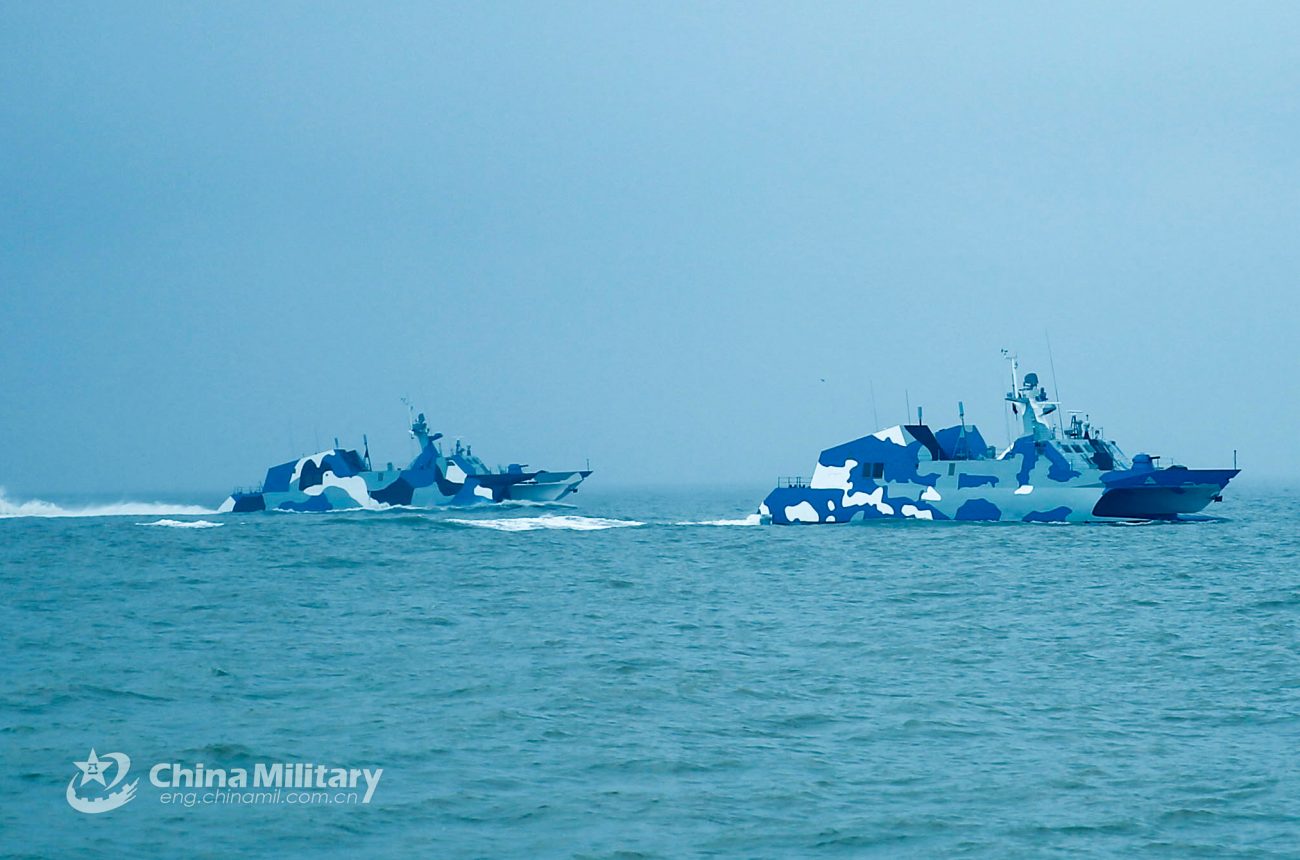Japanese authorities claimed on Friday that China sent two coast guard ships to navigate through Japanese territorial waters close to a group of disputed islands for more than 64 hours this week.
It is the longest incursion since Japan bought some islands from a private Japanese owner in 2012.
The Chinese ships entered Japanese territorial waters in the East China Sea early on Tuesday and stayed to keep watch over a nearby Japanese fishing boat until Thursday evening, the report said, citing the Japan Coast Guard.
On Thursday, one of the Chinese ships traveled well beyond the internationally accepted 12-mile (19.3-kilometer) limit that designates a country’s territorial waters, passing within 1.9 miles (3 kilometers) of the Senkaku Islands. These islands are under Japanese control and are known as the Diaoyu Islands in China.
The Chinese vessels were ordered to leave Japan’s territorial waters immediately by the Japanese coast guard, which dispatched its patrol ships to the area. Such Chinese incursions into contested areas have now become common in the region.
Both Tokyo and Beijing claim ownership of the uninhabited islands, although Japan has controlled them since 1972. Taiwan, which Beijing considers Chinese territory, also claims control of the islands.
Chinese officials often argue that China has a legitimate right to patrol the islands’ waters. The latest incident comes as tensions between the two nations rise, mainly as China watches Japan’s alliance with the United States with distrust.

The increasingly active Quad security alliance—Japan, the US, Australia, and India—met in Tokyo last month for a summit. Beijing considers the group as a component of American containment tactics.
Just after the summit, Chinese and Russian air forces performed joint strategic air patrols over the Sea of Japan, the East China Sea, and the western Pacific Ocean. The Chinese Defense Ministry described this activity as a part of an annual military cooperation plan.
Japan’s Defense Ministry said earlier this week that it had sighted at least two Chinese warships and a supply ship in the Izu Islands, approximately 500 kilometers (310 miles) south of Tokyo.
One of those vessels seemed to be the Lhasa, a guided-missile destroyer of type 055 and one of China’s most potent surface vessels. The ministry reported that since June 12, the group has been active in waterways close to Japan.
Also, Japan’s Foreign Ministry stated on June 20 that China had “set up a new drilling facility for gas fields in a contested area of the East China Sea.”
Tokyo has registered a protest with the Chinese Embassy, demanding Beijing suspend “its unilateral resource development program there.” “The facility is located on the Chinese side of a Tokyo-proposed median line separating the countries’ exclusive economic zones in the sea,” the ministry said.
In 2008, the two countries agreed to collaborate on gas development in the area, but “negotiations were suspended in 2010 when tensions between them increased following a Chinese trawler’s collision with a Japan Coast Guard vessel,” according to Kyodo News.
US Presence In The Region
On Friday, a US Navy P-8A Poseidon spy plane flew over the Taiwan Strait, demonstrating the US’ “commitment to a free and open Indo-Pacific.” This comes days after 29 Chinese fighter planes flew into Taiwan’s air defense identification zone.
“A US Navy P-8A Poseidon transited the Taiwan Strait in international airspace on June 24. The United States will continue to fly, sail and operate anywhere international law allows, including within the Taiwan Strait,” US Indo-Pacific Command said in a statement.
“By operating within the Taiwan Strait in accordance with international law, the United States upholds the navigational rights and freedoms of all nations. The aircraft’s transit of the Taiwan Strait demonstrates the United States’ commitment to a free and open Indo-Pacific,” the statement read.
In recent months, the topic of Taiwan has dominated US-China ties. The Chinese Communist Party (CCP) regards the self-governed island as part of its territory.
Beijing has not ruled out using military force to capture Taiwan. It has also maintained pressure on the democratic island in recent years with frequent warplane sorties into its air defense identification zone (ADIZ).
In a keynote speech in Singapore, Chinese Defense Minister Wei Fenghe declared that the PLA would “fight to the very end” to prevent Taiwanese independence. He calls the US a “bully” in the region.
The Taiwan Strait “is not international waters,” China’s Foreign Ministry had earlier said. The US Navy, on the other hand, has a different stance and frequently sends warships through the strait, such as the guided-missile cruiser USS Port Royal on May 10.
- Contact the author at ashishmichel@gmail.com
- Follow EurAsian Times on Google News